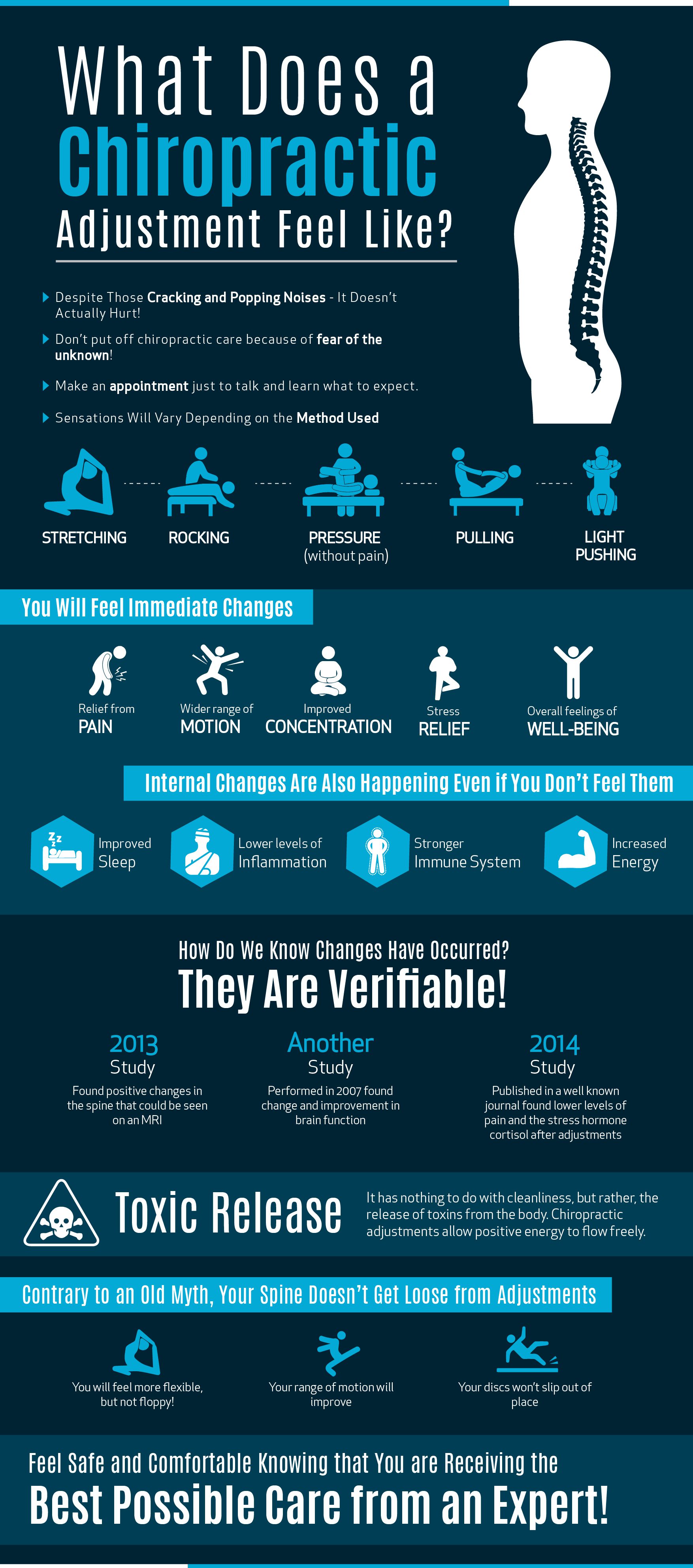Maintaining correct posture isn't practically sitting up straight; it's about aligning your body in such a way that sustains your spinal column and decreases the threat of neck and back pain. The method you rest, stand, and move throughout the day can substantially influence your spinal wellness. However how exactly can you ensure good alignment constantly, also during hectic days loaded with different activities? Let's dig deeper into the refined yet impactful adjustments you can make to your day-to-day regimen to maintain your back pleased and healthy.
Relevance of Appropriate Stance
Correct pose is crucial in keeping a healthy and balanced back and stopping pain. When you rest or stand with great stance, your spinal column is in alignment, lowering strain on your muscle mass, tendons, and joints. This placement allows the body to distribute weight evenly, avoiding too much stress on specific areas that can bring about discomfort and discomfort. By keeping your spinal column effectively lined up, you can likewise improve your breathing and digestion, as slouching can press body organs and restrict their functionality.
Moreover, maintaining good position can improve your general look and self-confidence. When you stand tall with your shoulders back and head held high, you emanate self-confidence and show up even more approachable. Excellent position can additionally make you really feel much more stimulated and sharp, as it promotes appropriate blood flow and enables your muscle mass to work effectively.
Integrating appropriate stance into your daily regimen, whether sitting at a workdesk, walking, or exercising, is vital for avoiding neck and back pain and promoting general wellness. Remember, a small change in exactly how you hold yourself can make a considerable difference in how you really feel and operate throughout the day.
Common Postural Mistakes
When it comes to preserving excellent posture, many individuals unwittingly make common errors that can add to back pain and discomfort. Among the most common mistakes is slumping over or hunching over while sitting or standing. This position puts too much stress on the spine and can bring about muscle discrepancies and pain in the future.
Another common mistake is overarching the lower back, which can flatten the all-natural curve of the spine and cause pain. Additionally, crossing legs while sitting might really feel comfortable, but it can produce an imbalance in the hips and pelvis, resulting in postural concerns.
Making use of a pillow that's too soft or as well strong while sleeping can likewise impact your positioning and contribute to pain in the back. Lastly, constantly craning your neck to consider screens or adjusting your position regularly can stress the neck and shoulders. Bearing in you could try this out can assist you maintain far better alignment and minimize the threat of pain in the back.
Tips for Correcting Placement
To improve your placement and decrease neck and back pain, it's vital to focus on making small changes throughout your daily routine. Beginning by being mindful of your pose. When resting, guarantee your feet are flat on the floor, your back is straight, and your shoulders are unwinded. Prevent slouching or leaning to one side. Usage https://walkinchiropractor95173.luwebs.com/32738142/intending-to-discover-relief-from-back-pain-at-the-workplace-discover-functional-pointers-to-navigate-your-day-with-ease-and-boost-efficiency or pillows to support your lower back.
When standing, distribute your weight equally on both feet, keep your knees somewhat curved, and tuck in your hips. Involve your core muscles to support your spinal column. Take breaks to extend and walk around if you have a less active work. Integrate exercises that strengthen your core and back muscles, such as slabs or bridges.
While resting, use https://www.chiroeco.com/chiropractic-economics-2021-salary-expense-survey/ that sustains the all-natural curve of your neck to keep proper spinal placement. Prevent sleeping on your tummy, as it can stress your neck and back. By being mindful of these suggestions and making small modifications, you can slowly correct your positioning and minimize pain in the back.
Verdict
Keep in mind, keeping great stance is key to preventing back pain and advertising back health. By bearing in mind your alignment, distributing weight uniformly, and engaging your core muscle mass, you can reduce strain on your back and reduce the danger of discomfort and injury. Include ergonomic support, take regular breaks to extend, and enhance your core and back muscle mass to preserve appropriate placement throughout the day. Your back will thanks for it!
